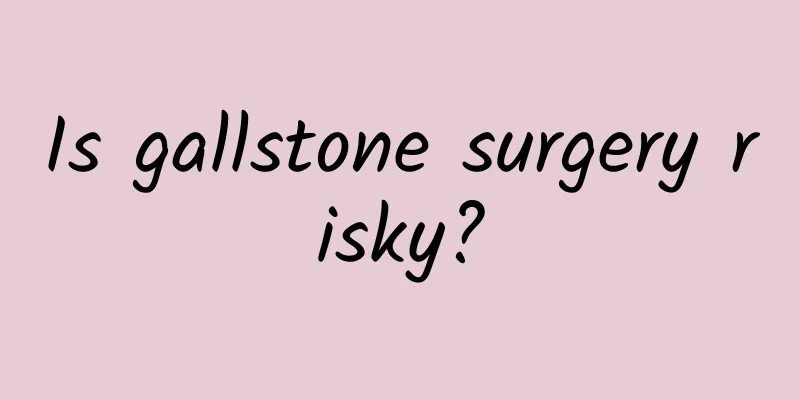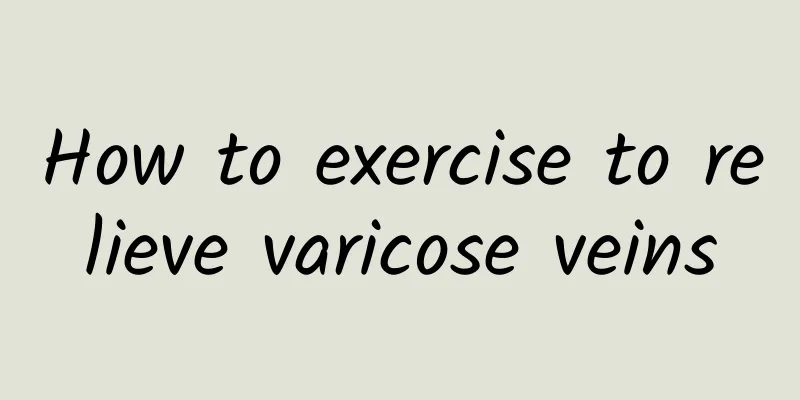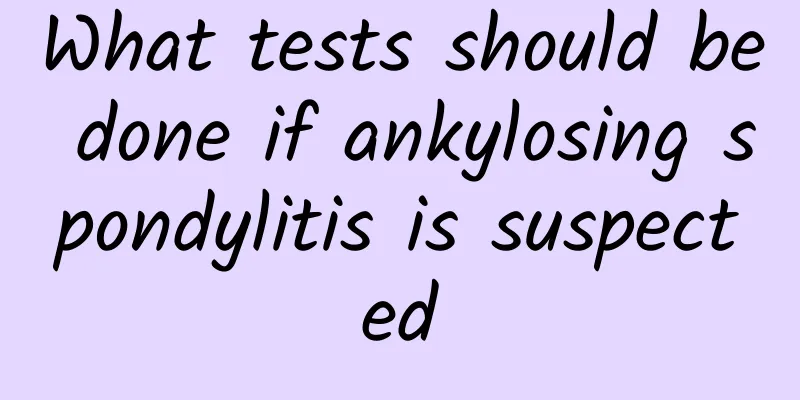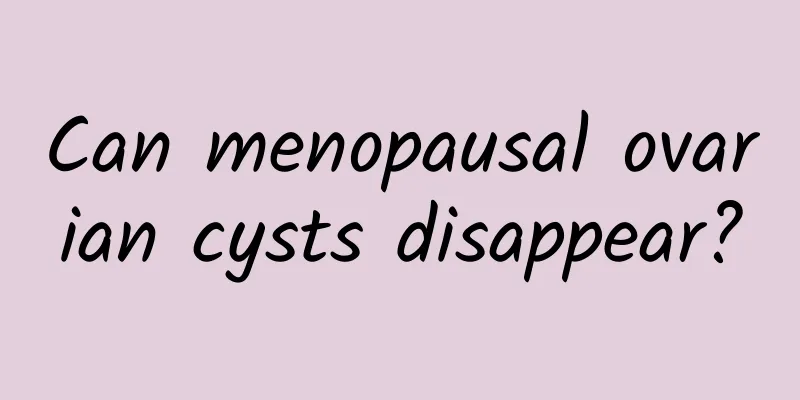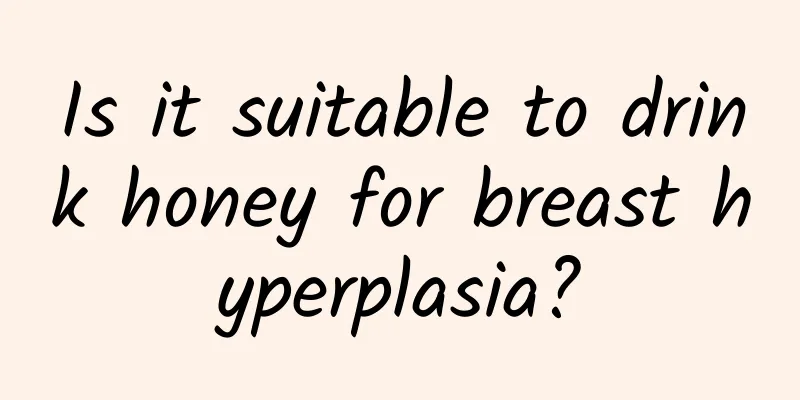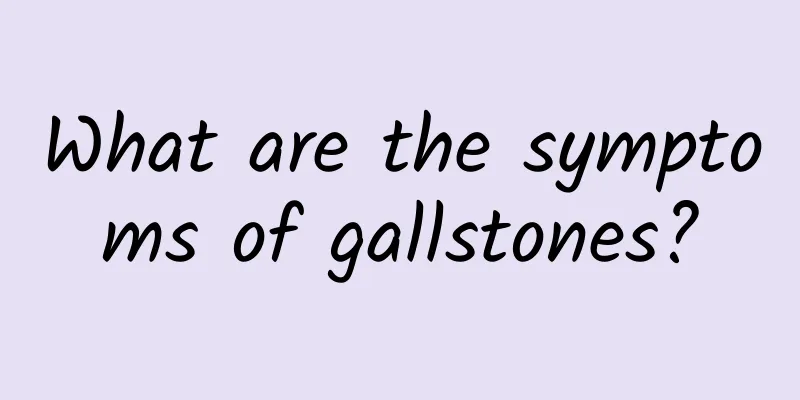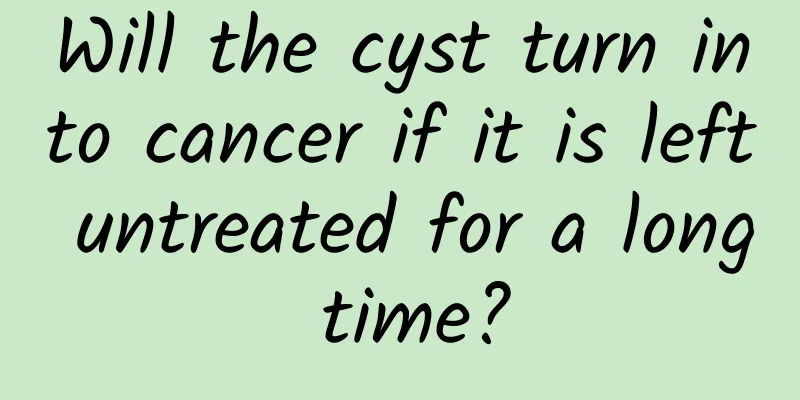What is acute lumbar disc herniation?
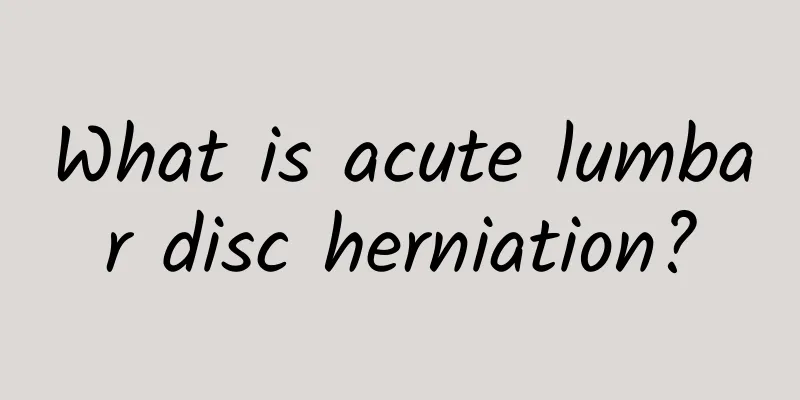
|
Acute lumbar disc herniation refers to the rupture of the fibrous ring of the lumbar disc, which causes the nucleus pulposus to protrude and stimulate or compress the nerve roots. The symptoms appear suddenly in a short period of time, and are often manifested as severe low back pain and radiating pain in the lower limbs. Treatment includes medication for pain relief, bed rest, physical therapy, etc. Severe cases may require surgery. 1. Causes of acute lumbar disc herniation Acute lumbar disc herniation is mainly caused by external stimulation, long-term lumbar strain or spinal degeneration. Common causes include: 1. Trauma or strenuous activities: Sudden bending or twisting of the waist can cause excessive pressure on the lumbar intervertebral disc and lead to rupture of the annulus fibrosus. 2. Body aging: With age, the lumbar intervertebral disc gradually degenerates, the toughness of the annulus fibrosus decreases, and it is more prone to rupture. 3. Bad living habits: such as sitting for long periods of time, improper posture or heavy physical labor, can cause long-term compression or chronic strain of the lumbar spine, increasing the risk of acute herniation. 2. Common symptoms of acute lumbar disc herniation Typical manifestations of acute lumbar disc herniation include: 1. Severe low back pain: usually occurs suddenly, and patients are often unable to stand up or walk due to pain. 2 Radiating pain in the lower limbs: The pain radiates to the legs along the compressed nerve root area, usually accompanied by numbness or tingling. 3. Muscle weakness: In severe cases, it may cause leg weakness or even inability to move normally. 3. Treatment of acute lumbar disc herniation The goal of treatment is to relieve pain and promote recovery. Specific methods include: 1Drug treatment: Use nonsteroidal anti-inflammatory drugs such as ibuprofen, muscle relaxants such as eperisone, or nerve root block injections to relieve inflammation and pain. 2. Bed rest: It is recommended to stay in bed for 1 to 2 weeks during the acute phase to avoid aggravating the injury, but do not stay in bed for a long time to avoid further muscle degeneration. 3 Physical therapy: such as hot compress, electrotherapy, traction, etc., helps relieve muscle tension and promote blood circulation. 4Surgical treatment: If conservative treatment is ineffective, or severe compression leads to neurological dysfunction, surgical treatment may be required, such as nucleus pulposus removal, spinal canal decompression or minimally invasive interventional surgery. Acute lumbar disc herniation is a health problem that requires active treatment. Once the patient has related symptoms, he should seek medical attention in time. In daily life, recurrence can be prevented by improving posture, strengthening back muscle exercises, and avoiding sitting for long periods of time. Early detection and early treatment are the key to reducing long-term effects. |
<<: What to do if children have cerebral vasospasm
>>: Neonatal tuberculous pleurisy
Recommend
What are the symptoms of gallstones?
Gallstones often present with pain in the right u...
6 Ways to Exercise for Elbow Synovitis
Elbow synovitis is usually caused by overuse or i...
Does everyone have accessory breasts?
Not everyone has accessory breasts. It is an abno...
What are cystic breast nodules?
Breast cystic nodules refer to small or medium-si...
The most taboo foods for breast nodules
Breast nodules are a health issue that many peopl...
Rubella virus antibody IgG
Rubella virus antibody IgG is a sign of our body&...
What are the symptoms of a nasal bone fracture?
Symptoms of a nasal bone fracture include nasal p...
What are the symptoms of hydrocephalus in a two-year-old child?
For two-year-old children with hydrocephalus, tim...
How to quickly expel kidney stones
Kidney stones are mostly chronic diseases and are...
Why does my knee hurt?
Knee pain can be caused by a variety of factors, ...
What are the symptoms of anal fissure in babies
Infants with anal fissures usually show symptoms ...
Can bird's nest cause cysts to grow larger?
Bird's nest itself will not directly cause th...
Can breast cysts turn into cancer?
Breast cysts usually do not turn into cancer, but...
What is the most effective way to treat eczema?
Effective treatment of eczema requires controllin...
How to prevent gallstones most effectively
The most effective way to prevent gallstones is t...

